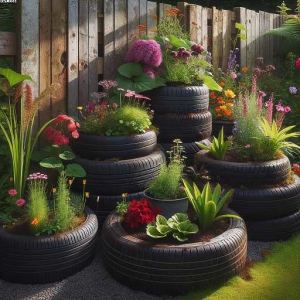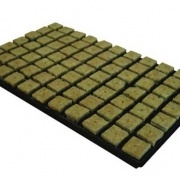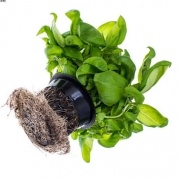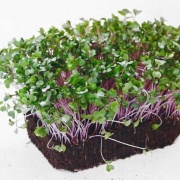Plant Growing on your roofs
Plant Growing on your roofs
Plant Growing on your roofs
I must confess right now that I have never been a city dweller. Because of this, I have picked up ideas from other people who know about this subject. However, I have seen many great gardening ideas in built-up areas and city centres in many countries on my travels.
Even in huge cities like New York then things can be seen growing from the roof tops of the lower buildings. My own capitol city of London has splendid roof gardens. Growing many things in the micro climate created by the heat and shelter coming from the many buildings.
City dwellers dont have the space
So, when walking through our city streets, it is easy to see that a conventional garden would be out of the question. Most people have paved over any space that they may have for parking their cars.
Whilst many UK houses have a pitched roof, so it would not be possible for a roof garden. However, small apartment blocks do have access to a flat roof. Inner cities are full of suitable apartment blocks on which a roof garden could be growing flowers and vegetables for them.
Canal boats can also be used to grow plants using lighter hydroponic methods. But I think that’s another story.
Soil, of course, could be a problem! Due to the weight and accessibility on to the roof top. So why not try the hydroponics method of growing without soil. A hydroponic rooftop garden would be an excellent choice for you if you want to have a hassle free gardening experience.
All sorts of plants can easily be grown and cared for from your balcony. We often see this in Mediterranean countries with many balconies growing wonder geranium plants and of course bougainvillea’s trailing down with their wonderful purple and red flower bracts shining in the sun.
Tomatoes and excellent choice.
Of course, tomatoes would be an excellent choice to grow using hydroponic methods. Along with peppers and herbs. Importantly though it is always a sensible idea to check for any weight restrictions or building regulations before going ahead with your growing plans.
Newer buildings have special roof areas to carry extra weight. So it would be well worth checking! So, to start rooftop hydroponic gardening. Then, you should decide on what plants or herbs you want to grow and how many of each.
In a rooftop garden, containers are where you can showcase your personal flair, but that doesn’t mean you have to spend a fortune on them—although you certainly could. When selecting the size of your rooftop containers, weight and material should also be taken into consideration in addition to aesthetics.
Weight is paramount
Whatever plants you choose, you’ll need containers big enough for their roots! But if you’re concerned about how much weight your rooftop can sustain, the weight of the container becomes a problem. Keep in mind that when you water the plants, the pots get extra heavier. Clay, terra cotta, and cement are examples of conventional materials that can be fairly weighty.
For a novice gardener, the soil is frequently the least interesting component, but it is the most crucial one. Healthy plants grow on good soil, which means less work for you. You will benefit from being able to bring in soil if you are growing in raised beds and containers rather than having to use what is already on the ground. The amount of soil required will vary, so do your study before planting your options.
Remember when Plant Growing on your roofs, that weight is of the upmost importance. including calculating additional weight for when it snows or at least rains.
Once you decide the number of plants you want to grow, you need to get plastic containers or plastic tubes to grow your vegetables or herbs. Next, you need to cut holes in them to place your potted plants properly. You can either buy seedlings from a reputable garden centre or grow your own seedlings. Perhaps on your windowsill! Once you have your seedlings, take them out of their pots and rinse the roots to remove the dirt.
After washing them properly, you need to place your plants in some sort of growing medium, such as rockwool, vermiculite, or any other suitable growing substrate, and then feed them with a nutrient solution to make them grow.











